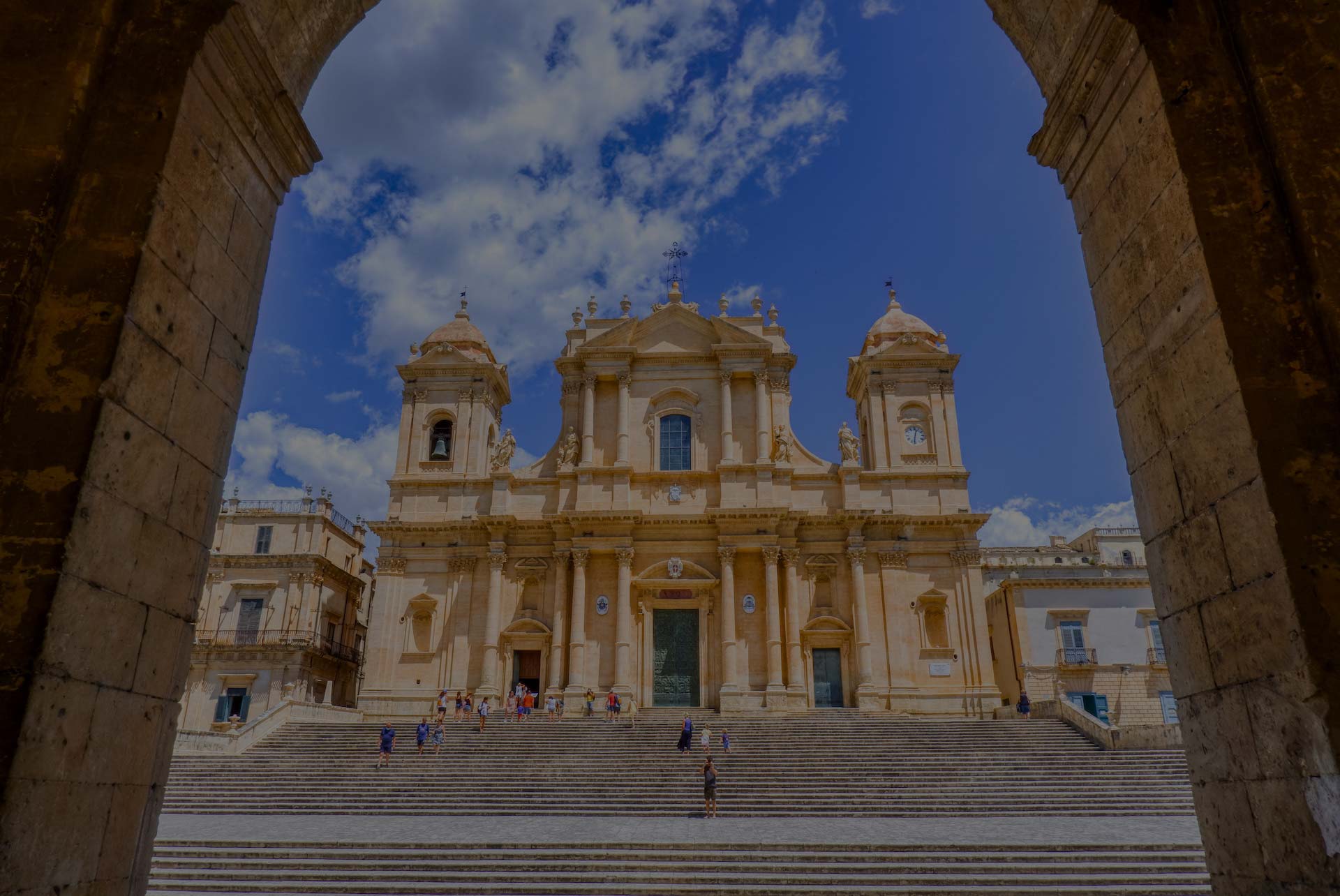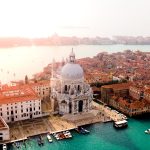Nestled in the picturesque region of Sicily, Italy, the city of Noto stands as a living testament to the grandeur of Baroque architecture and the rich cultural heritage of the island. Known for its exquisite buildings, vibrant festivals, and warm Mediterranean ambiance, Noto invites visitors to step into a world of architectural wonders and immerse themselves in the timeless charm of this UNESCO World Heritage Site.
A Glimpse into Noto's History:
Noto's history dates back to ancient times when it was a flourishing city of the Sicilian Greeks. Over the centuries, it was conquered and influenced by various civilizations, including the Romans, Arabs, and Normans. However, Noto truly flourished during the Baroque period after a devastating earthquake in 1693, when it was entirely rebuilt in the opulent Baroque style that characterizes it today.
The Magnificent Baroque Architecture:
Noto's crowning glory lies in its masterful Baroque architecture, which has earned it the title of the "Stone Garden." Walking through its streets, visitors are greeted by a symphony of ornate facades, intricate balconies, and grand staircases, all adorned with statues, columns, and decorative motifs. The city's main thoroughfare, Corso Vittorio Emanuele, showcases a parade of palaces, churches, and civic buildings that exemplify the Baroque style at its finest.
The Duomo di Noto, dedicated to Saint Nicholas, is one of the city's most iconic landmarks. Its breathtaking facade, with its impressive central dome and decorative details, leaves visitors in awe. The Church of San Domenico, with its grand staircase and lavish interior, is another architectural gem that shouldn't be missed. Exploring the city's narrow streets reveals hidden gems at every turn, inviting visitors to marvel at the architectural splendor that permeates every corner of Noto.
Festivals and Cultural Delights:
Noto comes alive with vibrant festivals that celebrate its rich cultural heritage. One of the most famous events is the Infiorata di Noto, held in May, where the streets are adorned with intricate floral carpets, creating a feast for the eyes. The city's cultural calendar also includes music and theater performances, art exhibitions, and traditional folk dances, providing visitors with a glimpse into the lively spirit of the Sicilian people.
Indulging in Sicilian Gastronomy:
No visit to Noto is complete without savoring the flavors of Sicilian cuisine. The city's proximity to the sea ensures an abundance of fresh seafood delicacies, while its fertile land yields exceptional local produce. Indulge in traditional dishes such as pasta alla Norma, made with eggplant, tomato sauce, and ricotta salata, or arancini, fried rice balls filled with meat or cheese. Don't forget to sample the local sweet treats, including cannoli and granita, a refreshing frozen dessert.
Preserving History and Tradition:
Noto's designation as a UNESCO World Heritage Site has played a vital role in preserving its architectural and cultural treasures. Efforts have been made to restore and maintain the city's Baroque buildings, ensuring that future generations can continue to appreciate their beauty and significance. The locals take immense pride in their heritage and are eager to share the history and traditions of Noto with visitors, creating an immersive and enriching experience.
Conclusion:
Noto, SR, Italia, stands as a testament to the resiliency of a city that rose from the ashes to become a beacon of architectural splendor. Its enchanting Baroque buildings, vibrant festivals, and warm Mediterranean hospitality combine to create an unforgettable destination. A visit to Noto is not just a journey through time; it is an immersion into the rich cultural tapestry of Sicily, leaving visitors with memories of an extraordinary place where history, art, and beauty converge.



